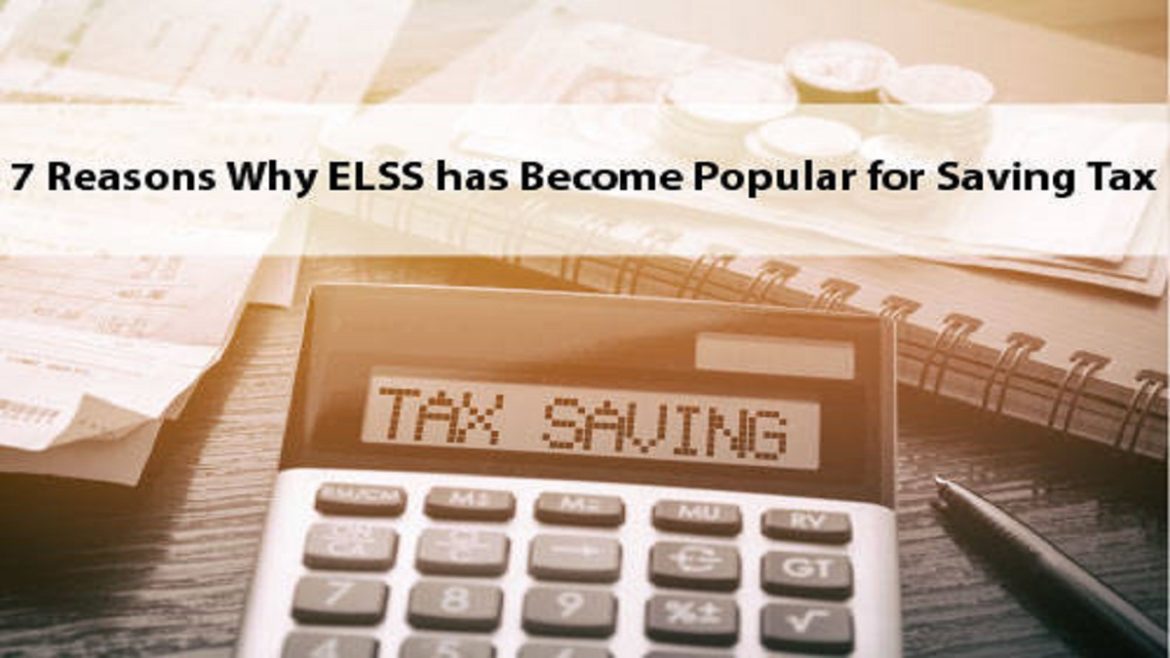

Equity Linked Saving Scheme can serve as the ideal option for those investors who wish to benefit from tax savings and better returns in the long run. Coupled with a drastic growth in its popularity over the last few years, a large number of misinformation has developed surrounding its operations. Today we are going to educate all potential investors about the advantages associated with making ELSS investments in stark contrast to other tax-saving options such as PPF or NPS.
Return
One of the very first things we enquire about an investment vehicle is the rate of return it promises to shower us with on the passage of a considerable time frame. In comparison to other tax saving options providing between 5-8% return, ELSS funds that invest mostly in equity schemes provide between 10-15% returns. The benefit of compounding joins hands with returns from equity to provide investors with higher returns in the long run. Favorable scenarios arising in the stock market which is highly probable in a growing economy like India can help you in reaping greater returns with a carefully constructed portfolio. Investing discipline as we all know is the key to benefitting out of good returns and this is taken care of in the best way by the three-year lock-in period which paves the path for higher yields.
Related Article : FD vs. ELSS – Where does Mr. Gupta invest and why?
Lock-In Period
While Public Provident Fund (PPF) comes with a 15-year lock-in period & NPS cannot be redeemed before retirement. ELSS funds on the other hand can be redeemed after the passage of just 3 years which surely is the shortest amongst the financial instruments which qualify for 80C benefits.

Power Of Compounding
Investing discipline as we all know is the key to benefitting out of good returns and this is taken care of in the best way by the three-year lock-in period which paves the path for higher yields. However, for better returns, it is advisable to stick to your investment over a span of 5-10 years.
Safety
Mutual fund investment has become highly transparent off late with the inclusion of KYC procedures and investor protection guidelines. Since all mutual fund companies operate under the purview of SEBI and are thus under an obligation to make necessary disclosures, you can be completely guaranteed the safety of your ELSS investment.
Flexible
ELSS funds can be redeemed after the passage of 3 years from the date of investment if investors are not satisfied with the rate of return. Alternatively, they can carry on with the investment plan with no upper limit on the tenure.
Related Article: Retirement through Equity Linked Savings Scheme

SIP
Systematic Investment Plan serves as one of the best available ways of instilling investor disciple through regular investment and ELSS schemes can provide them with the option of benefitting out of the same over the long-term horizon. With monthly investments possible at just 500 INR, you can easily turn your savings into investments by riding on the ELSS vehicle. In this way, a salaried individual can invest a portion of his salary periodically for benefitting out of compounded returns.
Tax Efficiency
The amount invested in ELSS can be claimed u/s 80C as a tax deduction up to the maximum limit of 1.5 lakh INR. In spite of having a lock-in period of three years, ELSS returns are considered as long-term capital gains (LTCG). However, in stark contrast to short-term capital gains (STCG) which is subject to a 15% tax levy, LTCG is subjected to 10% taxation if the gain amount exceeds 1 lakh INR.
ELSS investment is completely paperless in nature thus allowing investors to engage in the same even by using websites or mobile applications. Even payments can be done through debit cards and net-banking after which investors can track, invest further or redeem their investments by sitting at the comfort of their home. ELSS mutual funds is the ideal choice for everyone who wish to save tax while maximizing returns.
Related Posts
Stay up-to-date with the latest information.


